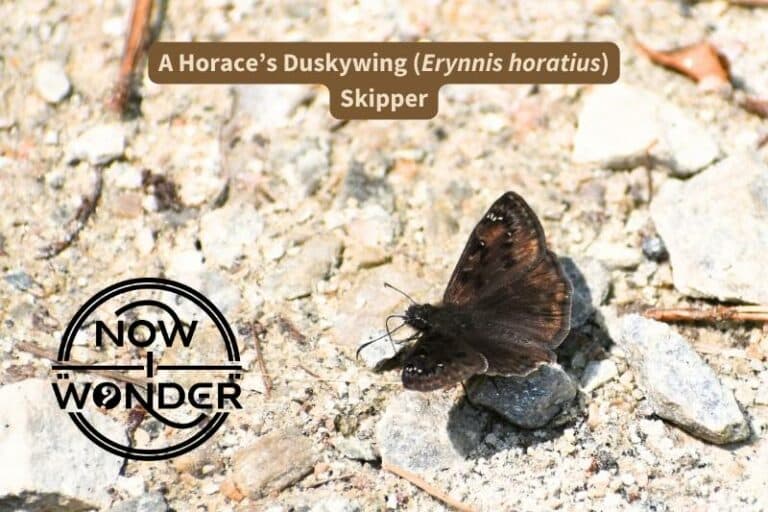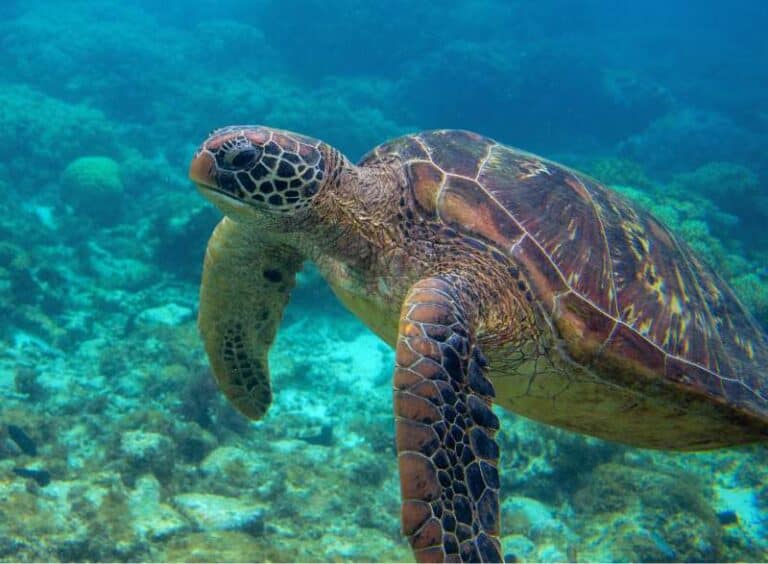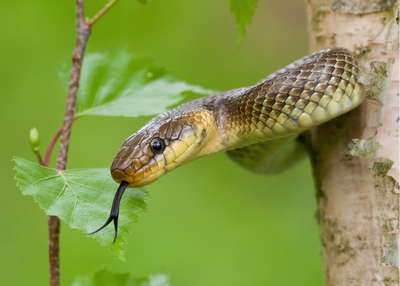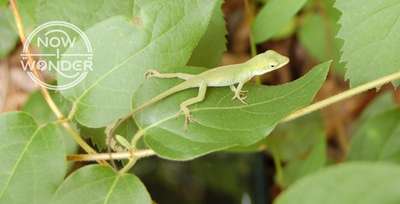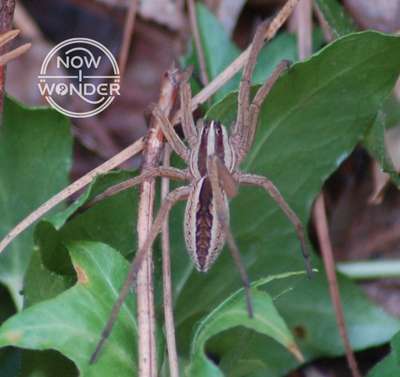Reptiles are known for living in hot environments, such as the deserts of the American Southwest and the sub-tropical forests and wetlands of Florida. They are so well adapted to living at temperatures humans find uncomfortable that reptiles species outnumber birds and mammals in some of the hottest areas on earth.
Given that reptiles thrive in very hot habitats, you might be wondering – can reptiles get too cold?
Reptiles can get too cold easily, especially pet reptiles kept in conditions that do not meet their special needs. Reptiles are unable to generate significant body heat by themselves and are poorly insulated; they are prone to getting too cold when temperatures drop quickly or remain too cool.
Reptiles can technically tolerate a wider range of body temperatures for longer periods of time than any other group of vertebrate animals (animals that have backbones). Snakes, turtles, lizards, alligators, and crocodiles essentially “wait out” cold conditions by slowing their metabolisms down.
But no reptile thrives in temperatures that are colder than they prefer and every reptile has cold temperature “breaking point” – a point beyond which they cannot endure.
Reptiles function best at warmer temperatures; drops in temperature that are either sudden and drastic or sustained overwhelm their ability to first adapt and then recover optimal functioning.
Read on to learn how and why reptiles can get too cold.
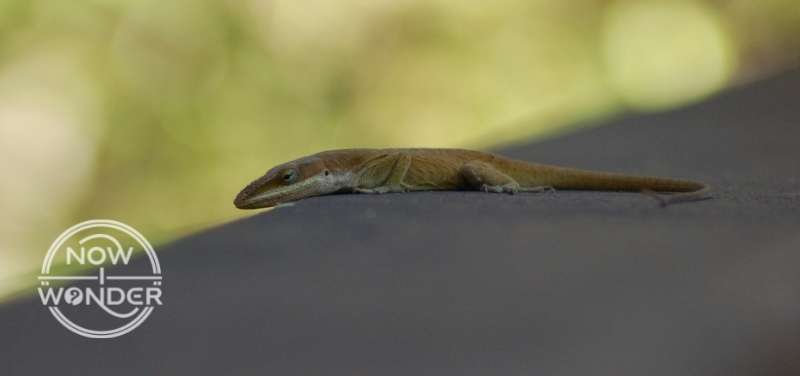
Overview of cold stress
Like all animals, reptiles depend on chemical reactions within the mitochondria of their cells to generate biochemicals which power behaviors like foraging for food, defending territories, escaping predators, and mating.
The rate at which these chemical reactions occur increases with higher temperatures and decreases with colder temperatures.
These chemical reactions form the foundation of an animal’s entire ability to function. All animals, reptiles included, must find ways to either stay warm enough for the metabolic reactions to happen or compensate for the changes they experience in cold temperatures.
If a snake, turtle, lizard, or alligator gets too cold for too long, the reactions upon which its life depends slows down too much and it sickens and dies.
How cold temperatures cause symptoms
Enzyme changes
Enzymes are proteins that change the rate that chemical reactions occur without needing any additional energy added in.
When a reptile like a snake is at its ideal temperature, these enzymes work effectively and the snake has the energy to digest its meal efficiently, slither away from an attacking hawk, and pursue a potential mate.
As the snake gets colder, the chemical reactions slow, including those that create the enzymes which power other reactions. A dangerous cycle begins – fewer enzymes are available to power reactions, so fewer enzymes are created, so fewer reactions happen, so even fewer enzymes are available to power reactions. The cycle spins, the snake can no longer maintain its bodily functions effectively.
Cell membrane changes
Closely linked to the changes in enzyme activity are changes that occur within cell membranes when a reptile gets too cold.
Reptiles are eukaryotes – animals whose cells are surrounded by a double-layer membrane that separates the environment inside each of its cells (the “intracellular space) from the outside of each cell (the “extracellular space”).
Cell membranes are absolutely vital to reptilian life because so many of the chemical reactions upon which life depends rely on biochemicals getting from the outside of the cell in, and vice versa.
Cell membranes are “semi-permeable”; they allow certain substances in and out at certain times under certain circumstances. Cold temperatures disrupt a cell membrane’s ability to manage the inflow and outflow of substances across the cellular barrier.
Cell membranes have two layers studded with chemical “gates”. Substances connect to the gates and open pathways into or out of the cell, much like keys fit into locks to open doors. Membranes constrict in cold temperatures and block or cover the gates.
Cell membranes lose their ability to filter substances when they get too cold and the membranes solidify (Cain et al. 2011). Waste products and other biochemicals then leak into areas where they don’t belong and cause problems.
Physical damage caused by ice
Water is found both inside and outside of individual cells within a reptile’s body. Water found outside cell membranes is “extracellular” while water enclosed within individual cell membranes is “intracellular”.
When water freezes, the resulting ice grows as sharp, spiny crystals that slice into body tissues, regardless of whether it forms inside or outside of the cells.
Ice also takes up more space than an equal amount of liquid water. If ice forms inside a cell, it can pop the cell membrane, letting the intracellular and extracellular biochemicals mix when they aren’t supposed to.
Decreased metabolic rate
Cold temperatures decrease reptiles’ metabolic rate, meaning that every aspect of their functioning slows down.
While a natural consequence of the fact that reptiles are ectotherms and reactive to environmental conditions, the slower metabolic rate results in decreased immune response, appetite, digestion, and mobility.
Many of the symptoms listed below can be traced to this general slowing down in reptiles that get too cold.
Blood flow changes
Reptiles can decrease blood flow to their skin by constricting blood vessels and minimize heat loss through convection to cooler surrounding air (Speakman 2004). This vasoconstriction helps preserve body heat but can damage the reptiles’ skin if sustained.
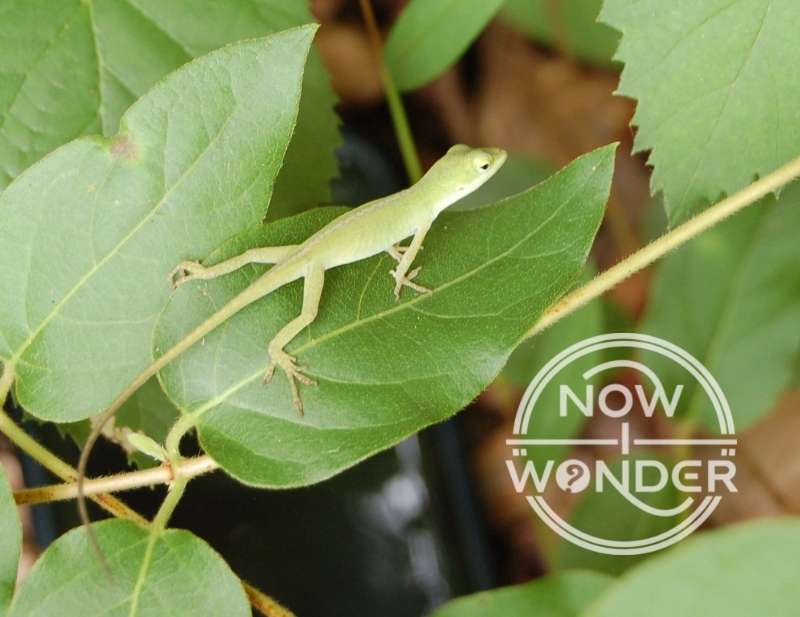
How reptiles get too cold
Reptiles have a remarkable ability to tolerate a wide range of temperatures – much wider than that of mammals and birds – but they do have a lower limit. Body temperatures below this limit overwhelm the reptiles’ natural ability to adapt and they show symptoms of cold stress. Left unchecked, the symptoms worsen and the animals die.
Reptiles are known as being “cold blooded” which is true but not the full story. Their blood and body temperature adjusts over time to match the temperature of their environments; they will have “cold blood” in cold temperatures, and “warm blood” in warm temperatures. A more accurate term for their physiology and method of regulating their body temperatures is “ectothermic”, which is from the Greek “ectos” meaning “outside” and “therme” meaning “heat”.
Snakes, turtles, and lizards like the green anole (Anolis carolinensis) and the five-lined skink (Plestiodon fasciatus) do not generate significant body heat metabolically. They are poorly insulated also, so lose body heat whatever body heat they have easily when the surrounding temperatures are colder than their current body temperature.
Reptiles depend on external heat sources to maintain their body temperatures within their optimal range.
- For pet reptiles, the external source is artificial heat lamps.
- For wild reptiles, it is always the sun.
Pet reptiles are dependent on their caretakers to provide conditions that meet their temperature needs. Here are some ways that pet owners can let their snakes, turtles, and lizards get too cold accidentally:
- Fail to properly monitor vivarium temperatures
- Fail to provide adequate temperature gradients within the vivarium
- Fail to provide adequate space for basking
- Fail to position the basking areas correctly
- Allow drafts to blow through the vivarium
- Allow reptiles to escape their vivariums
- Fail to recognize cold stress in early stages
- Fail to educate themselves about correct reptile husbandry
- Handle pets outside the controlled environment of the vivarium for too long (exposure to temperatures which humans find comfortable but which are far too cold for most reptiles)
Wild reptiles are at the mercy of their natural environment, including weather patterns and micro-climates within their habitats. Here are some ways that reptiles can get too cold out in nature:
- Freak cold spells
- Freak periods of excessive precipitation
- Injury (if prevents reptile from moving around in its environment)
- Competition among individuals that prevent basking
- High levels of predation that keep individuals from basking long enough
Wild reptiles normally adapted to hot temperatures can be so sensitive to cold snaps and weather events that they become “cold-shocked” and lose all ability to function until they warm up again. This happens almost every year in Florida, when the non-native and invasive lizards found throughout this sub-tropical state literally fall from trees during freak cold snaps.
Here is a YouTube video posted by Florida-based News4JAX showing this phenomenon:
How reptiles gain heat
In nature, reptiles gain heat from exposure to sunlight – either directly or indirectly.
Direct heat absorption occurs when reptiles bask in the sun (or under heat lamps in the case of captive reptiles); this is a vital behavior for all reptiles.
Many reptiles can fine tune the amount of heat they absorb when basking by changing the color of their skin. They darken their skin so as to absorb more heat when feeling uncomfortably cold and lighten the color when sufficiently warm.
Indirect heat absorption occurs when reptiles rest on warm surfaces, like sun-warmed rocks or the dark asphalt of paved roads.
Because they rely on external heat to maintain their body temperatures within the range that is optimal for their physical functioning and mobility, reptiles spend a great deal of time on behaviors like basking and moving in and out of warm spots in their environment.
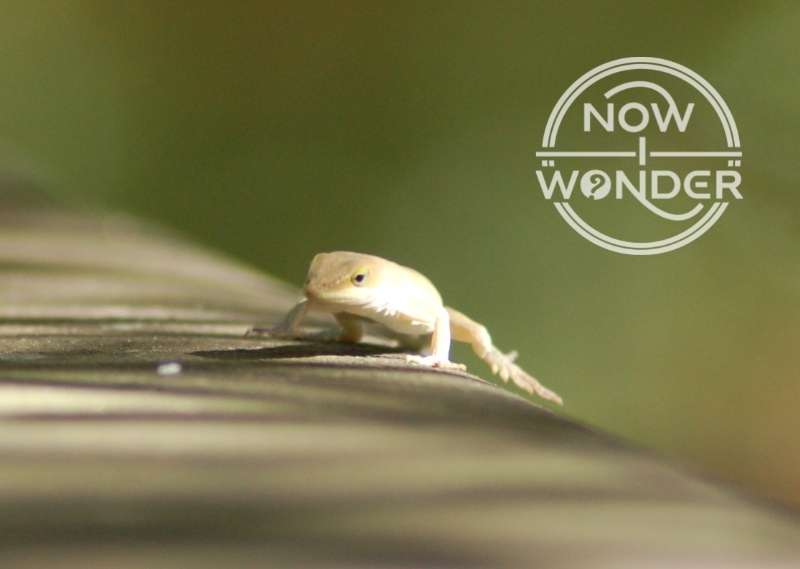
Symptoms of cold stress in reptiles
Reptiles are fundamentally different from other animals such as birds and mammals; their behaviors and responses are unique. By their nature, reptiles are less physically active and reactive than warm blooded (or “endothermic”) animals so symptoms of cold stress can be subtle.
A reptile may be in serious danger before symptoms become obvious but here are some common clues:
| Reduced mobility, especially to and from basking sites | Rapid color changes |
| Persistent, very light coloration | Poor appetite |
| Peeling skin | Protruding scales |
| Sunken eyes and/or abdomen | Unresponsiveness |
| Inability to remain upright | Infections, especially of the mouth and skin |
| Tented skin | Weight loss |
How to prevent reptiles from getting too cold
Pet reptiles require close supervision of their vivariums and knowledgeable, careful, proactive husbandry.
Pet owners should first design vivariums to provide temperatures that match the needs of the reptile species being kept and then monitor both the vivarium environment and the animals themselves closely for changes. They should also have a plan for providing sufficient heat in the event of power outage or sudden weather changes that last longer than twenty-four hours (Doneley et al. 2018).
Preventing a pet snake, turtle, or lizard from getting too cold is a much better idea than trying to medically treat it after it begins to succumb.
Conclusion
Wild reptiles must regulate their body temperatures on their own; they will either adapt to cooler temperatures or they won’t. Individuals who get too cold for too long can’t move as fast as they should so are likely to be eaten by predators before they can die directly from the cold.
But reptile species found in a given environment are adapted for living there; these adaptations include the ability to survive the coldest temperatures commonly encountered.
Related Now I Wonder Posts
To learn more about reptiles in general, check out these other Now I Wonder posts:
- Do reptiles have cold blood?
- Do reptiles have hearts?
- Can reptiles get too hot?
- Why can’t reptiles chew?
- Do reptiles lay eggs?
- Do reptiles give birth?
To learn more about lizards mentioned in this post, check out these other Now I Wonder posts:
- What are skinks?
- Everyday lives of Five-lined Skinks
- What are the small green lizards called?
- Everyday lives of green anoles
References
Cain ML, Bowman WD, Hacker SD. 2011. Ecology. 2nd ed. Sunderland (MA): Sinauer Associates, Inc.
Doneley, B, Monks, D, Johnson R, and Carmel, B, eds. 2018. Reptile Medicine and Surgery in Clinical Practice. Newark: John Wiley & Sons, Incorporated.
Speakman, JR. “Thermoregulation.” In Encyclopedia of Energy, by Cutler J. Cleveland. Elsevier Science & Technology, 2004.
Yeates, James, ed. 2019. Companion Animal Care and Welfare : The UFAW Companion Animal Handbook. Newark: John Wiley & Sons, Incorporated.

